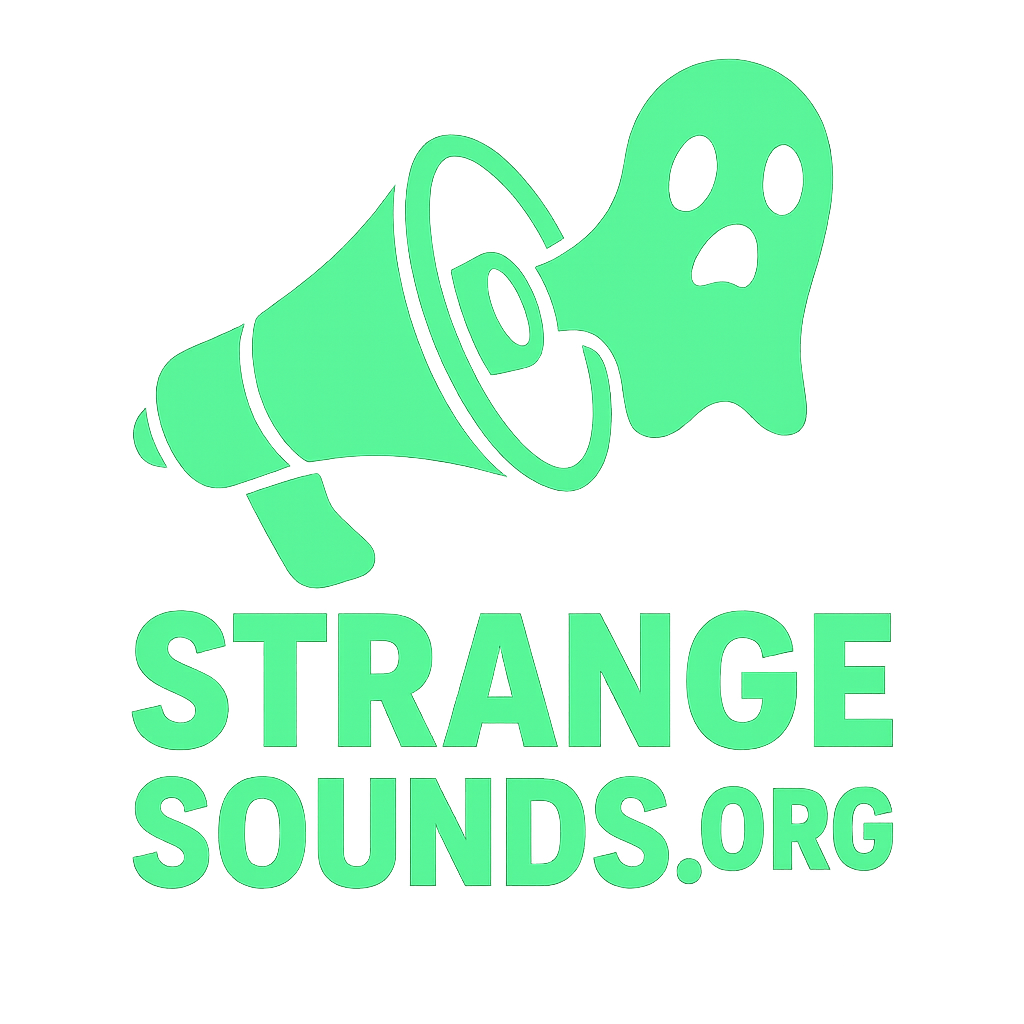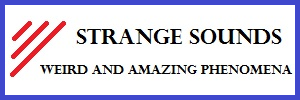
Featured banner for Strange Sounds from Space: Wow! Signal, FRBs, pulsars, and black hole sonification.
Strange Sounds from Space: Sonified Signals, the Wow! Signal, FRBs & Cosmic “Noise”
Strange sounds from space aren’t air-borne noises—space is a vacuum. What we “hear” are sonifications of radio, plasma, and electromagnetic data captured by telescopes and spacecraft. When translated into audio, pulsars tick like clocks, black holes roar, and planets hiss and whistle. Creepy? Absolutely. Natural? Mostly. Unsolved? Plenty.
Quick map: Planets tend to hiss/whistle (plasma + auroras). Stars and neutron stars tick/chirp (pulsars + magnetars). Deep space sometimes just drops a one-off “what was THAT?” (hello, Wow!).
Key facts (TL;DR)
- “Space sounds” = data → audio: radio waves, plasma waves, magnetospheric emissions, and instrument readings mapped into human-hearable frequencies.
- Greatest hits: Wow! Signal (1977), Fast Radio Bursts (FRBs), pulsar sounds, black hole “choirs”, planetary plasma waves.
- Why it matters: these signals probe black holes, neutron stars, solar storms—and maybe, just maybe, technosignatures.
- Listen safely: use headphones; watch volume; many clips have huge dynamic range.
Jump to: Start Here · What Are Space Sounds? · How We “Hear” Them · Curated Collections · Sounds of Planets · Sounds of Stars & Neutron Stars · Sounds of the Cosmos · Natural vs. Alien? · How to Listen & Investigate · Latest Reports · FAQs · Sources · Get Involved
🚪 Start Here (If You Only Click 5 Things)
- The Wow! Signal — a 72-second radio burst that still refuses to come back.
→ Read the Wow! Signal overview - Fast Radio Bursts — millisecond blips brighter than galaxies (some repeat, some ghost you forever).
→ FRB coverage (featured) - Pulsars — neutron stars that tick like cosmic metronomes.
→ Hear pulsars - Planetary plasma waves — Jupiter/Saturn audio that sounds like the universe is tuning a haunted radio.
→ NASA “spooky” space sounds - Black hole sonification — gas and plasma oscillations turned into unsettling “choirs.”
→ Listen to black hole audio
❓ What Are Strange Sounds from Space?
They’re electromagnetic and plasma emissions picked up by instruments and converted into audio: radio telescopes catch pulsars and FRBs; spacecraft sense plasma waves around planets and the Sun. The conversion doesn’t fake anything—it shifts frequencies and amplitudes into the human-hearing band so we can perceive the patterns.
🎛️ How We “Hear” Space — Sonification 101
- Radio → audio: time-series radio intensity is sped up or pitch-shifted into audible range.
- Plasma waves → audio: in-situ electric/magnetic measurements (e.g., Jupiter, Saturn, auroras) are mapped directly to sound.
- Images → audio: pixel brightness/position can be turned into pitches over time (used for nebulae/galaxies).
🧭 Curated Collections (Browse by Vibe)
🎃 The “Spooky NASA Playlist”
Hisses, whistles, and plasma-wave howls from the solar system. → Open playlist
🪐 Saturn & friends
Auroras, magnetospheres, and weirdly musical plasma. → Saturn sounds · Planetary compilation
🌌 The Big Bang afterglow
Oldest “hum” in the room — the universe’s ancient background whisper. → Learn more
📚 Everything (full archive)
All Space Sounds posts in one place. → Browse the Space Sounds archive
🪐 Sounds of Planets (Plasma Waves, Auroras, Magnetospheres)
Planetary “sounds” are usually plasma and radio emissions measured in a magnetosphere, then shifted into audio. Expect whistles, crackles, chirps—like a haunted shortwave radio drifting through space.
- Jupiter & Saturn (NASA recordings): → Spooky space sounds
- Saturn focus: → The eerie sounds of Saturn
- Planetary compilation: → Six weird sounds from outer space
⭐ Sounds of Stars & Neutron Stars (Pulsars, Magnetars, FRBs)
This is where the universe stops whispering and starts doing percussion. Pulsars = ticks. Magnetars = violent weirdness. FRBs = blink-and-you-miss-it radio lightning.
Pulsar Sounds
Spinning neutron stars sweep beams like cosmic lighthouses; in audio they become metronomic ticks and beats. → Hear pulsars
Fast Radio Bursts (FRBs)
Millisecond radio blips brighter than galaxies. Some repeat, many don’t. Source candidates include magnetars… or something we haven’t met yet. → Featured FRB post · More FRB posts
🌌 Sounds of the Cosmos (Big Picture, Big Questions)
Deep space “sounds” are often sonifications of radiation, background signals, or extreme environments. Sometimes it’s science. Sometimes it’s art. Sometimes it’s science wearing a Halloween mask.
The Wow! Signal (1977)
A 72-second radio burst so striking the observer wrote “Wow!” in the margin. Never repeated; explanations remain debated. → Read about the Wow! Signal
The Cosmic Microwave Background Hum
The universe’s oldest “sound,” left over from the Big Bang. This faint space hum still whispers across the cosmos. → Learn more about the Big Bang afterglow
Black Hole “Noises”
Black holes don’t push air like speakers, but gas and plasma around them can oscillate—those patterns can be mapped into audio. → Listen to black hole audio
👽 Natural Phenomena… or Alien Signals?
- Natural camp: pulsars, magnetars, auroral “chorus,” and plasma instabilities explain most recordings.
- Open questions: one-off bursts (e.g., Wow!) and some FRB behaviors still defy easy classification.
- Reality check: the scientific method favors natural explanations first—but keeps an ear out for technosignatures.
🎧 How to Listen & Investigate (Quick Checklist)
- Use decent headphones/speakers—space audio often has extreme bass/treble.
- Note metadata: source (mission/telescope), date, target, and processing notes (speed/pitch scale).
- Compare versions: raw vs. enhanced; some clips amplify particular bands for effect.
- Cross-reference: our case pages and mission pages linked above.
- Share finds: send tips via our contact page.
Latest Reports
Strange Sounds from Space — FAQs
Are space sounds “real” sound?
They’re real signals turned into audio. Space has no air for sound waves, so we listen to radio/plasma data mapped into audible frequencies.
Can humans hear auroras?
On Earth, auroras produce radio/plasma emissions; reports of audible hissing are rare and debated. Spacecraft recordings are instrument-based.
Are FRBs alien?
No confirmation. Magnetars and exotic astrophysics are leading suspects, but some FRB traits keep SETI researchers interested.
Do black holes make noise?
They don’t “sing” through air, but gas/plasma around them oscillates; those oscillations can be sonified into dramatic audio.
Where can I hear more?
Start with our Space Sounds archive and the NASA-linked pages above.
Sources & Further Reading
- Strange Sounds from Space (category)
- NASA spooky space sounds
- Saturn sounds
- Jupiter & planetary sounds
- The Wow! Signal
- Fast Radio Bursts (coverage)
- Pulsar audio
- Black hole audio
Get Involved
- 📩 Send a Space Sounds tip (mission link, clip, timestamp).
- 📰 Subscribe to our newsletter
- ❤️ Support on PayPal · DonorBox








